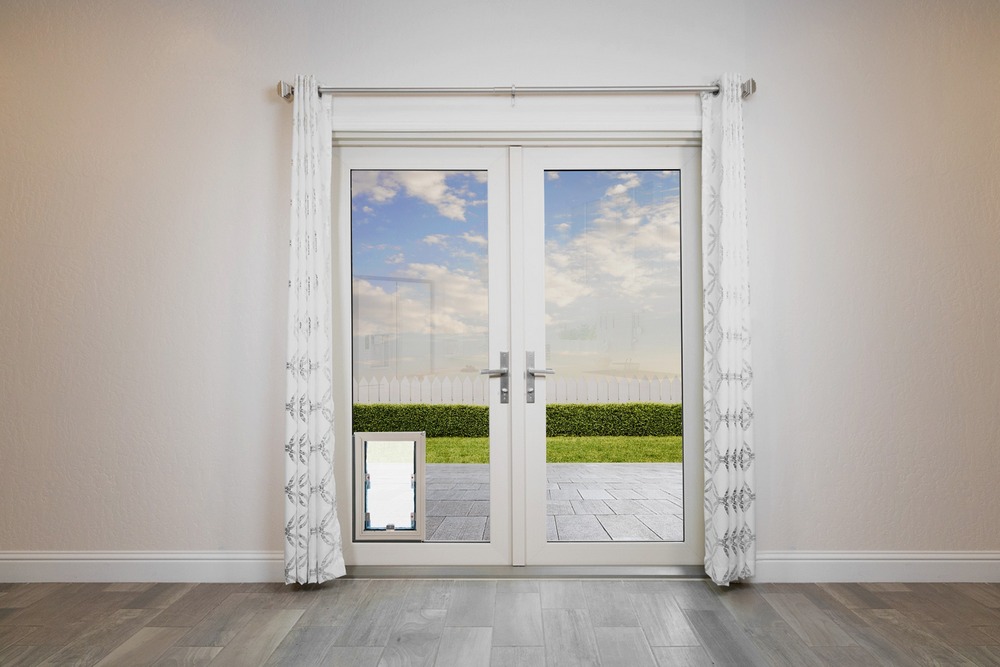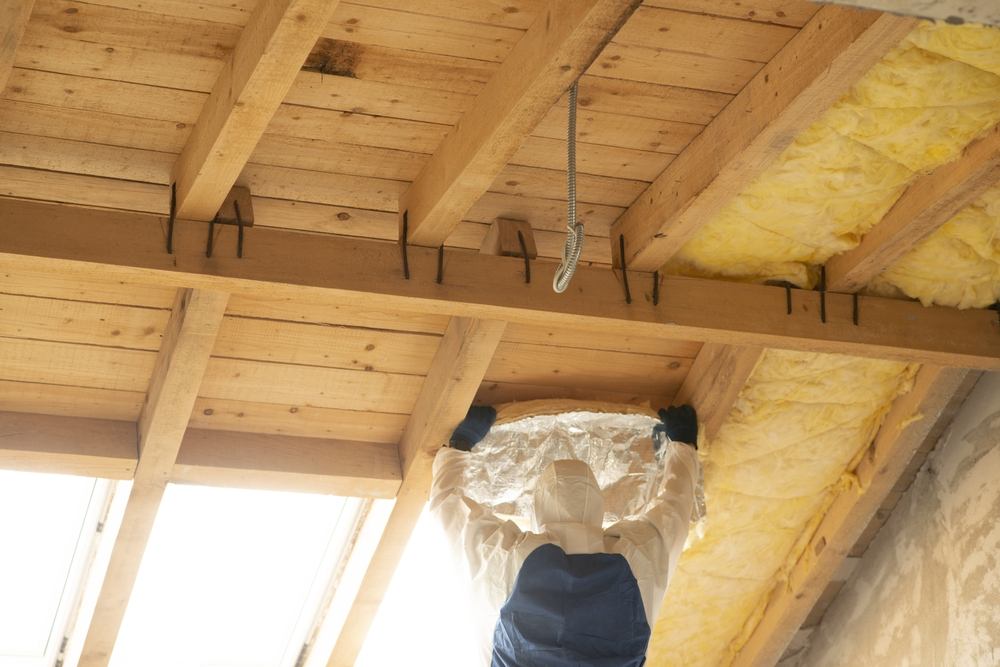“Aging-in-place” requires long-term planning. It is a design concept that creates spaces that accommodate people of all ages and abilities. The goal of age-in-place remodeling is to make thoughtful changes that will permit a homeowner to live in their own home for as long as possible and be safe and comfortable. These renovations are becoming increasingly important as the percentage of homeowners age 65 and older continues to grow. According to the U.S. Census Bureau projects, the population of people age 65 and over will be 83.7 million by 2050.
Ways to Design for Aging
Many active seniors want to stay in their homes rather than in an assisted living or nursing home, so there is an ever-increasing need for accessible homes. Windows and doors are an important part of the equation when it comes to allowing older adults to live at home for an extended period of time. Here are some age-friendly features that can make a home more comfortable and safer.
- Ample use of windows. Natural light introduced throughout a home via windows and doors makes it easier to see what you’re doing, no matter your age. Lighting becomes more important as you get older; when possible, incorporate ample use of windows and sliding glass doors into your home.
- Lowered windows. Egress is essential in case of an emergency. Lowered house windows (or taller windows with lower window sills) are especially important for windows on the ground level, and could mean the difference between life and death in the event of a fire.
- Easy to open. Choose the right window style when planning to age in place.
Casement windows open by turning a crank, which can be easy to operate for people who have postural or mobility issues.
Sliding windows open by pushing the sashes to the side, which may be easier for people with difficulty in fine motor skills.

- Wider doors. Wider doors can accommodate a walker or wheelchair should they be needed in years to come. The minimum doorway width for an aging-in-place design is 36 inches, according to the Americans with Disabilities Act (ADA).
- Lever handles on doors and windows. Not only are levers easier for arthritic hands to operate when compared to round doorknobs, they can also be opened using the hips, knees, or elbows if needed.
Ready to Learn More?
Aging-in-place remodeling is not a trend; it’s a wise investment in the present and the future. For tips on using windows and doors to make your home safer and more comfortable, please contact California Energy Contractors.




